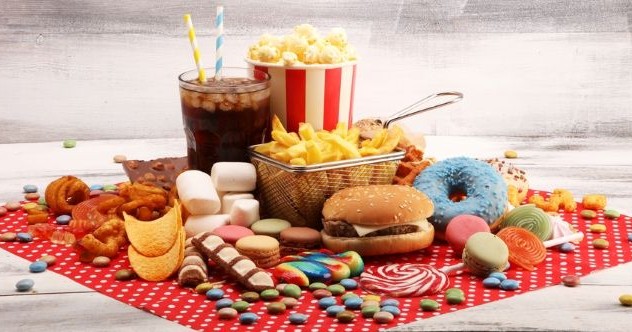Now Reading: 10 Eye-Opening Nutritional Findings
-
01
10 Eye-Opening Nutritional Findings
10 Eye-Opening Nutritional Findings

### quick summary
– Research reveals high-fat diets linked to obesity-related taste bud reduction and diminished pleasure in eating. Targeting neurotensin could address this issue effectively.
– Mouse models show immune cells (ROR-gamma-t cells) regulate “oral tolerance,” explaining why some foods trigger allergies but most do not.
– University of Waterloo study suggests gender-specific breakfasts: women benefit from fat-rich meals, while men fare better with carb-centric options.
– BYU researchers find liquid sugar (in soda/juice) increases diabetes risk more than solid sugar due to elevated glycemic spikes and metabolic impact.
– Morning coffee consumption reduces cardiovascular disease mortality risk by up to 31%, possibly due to circadian rhythm alignment benefits.
– Japanese scientists note slower eating via bento meal setup can assist weight loss by prolonging chew times and fostering mindful eating habits.
– Chewing gum releases microplastics into saliva,with researchers estimating potential yearly ingestion of tens of thousands particles per person through gum alone.- Nitrate-rich foods like beets promote heart health, lowering blood pressure while boosting blood oxygen levels during exercise and perhaps reducing chronic disease risk.
– Keto diets show promise in mitigating bipolar symptoms through altered brain metabolism linked to suppressed excitatory neurotransmitters.
– A long-term study reveals processed food dominance with ultra-processed items making up over half home-consumed calories by 2018.
### Indian Opinion Analysis
India faces mounting challenges related to lifestyle diseases such as obesity, diabetes, and mental health issues-a reflection of global trends highlighted in the research findings above. The insights on how diet affects physical and mental health are particularly relevant for India as it grapples with growing urbanization leading to increased consumption of processed foods at the expense of time-intensive customary meals.
Structural changes are required across public policy domains, including promoting dietary education emphasizing moderation amid convenience-driven choices like sugary drinks or junk food snacks-both major contributors seen in evolving lifestyle shifts locally here too among middle-class demographics.
From beets offering organic nitrate-driven advantages for cardiovascular care towards how gender-aligned meal modification might shape unique metabolic needs strategies seen scientifically optimized internationally-realizing central dietary systems’ recommendations adaptable within societal fabric crucial restructuring healthier India pathways practical actionable science-lead direction.
Read More



























